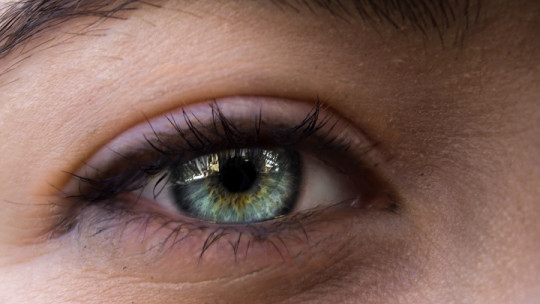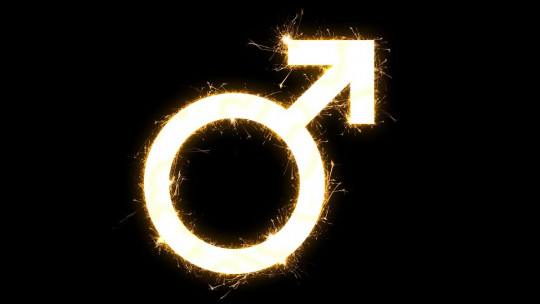
The gender perspective is an approach that allows us to study and address phenomena, links, activities, processes and social systems related to the sex-gender system. This is an approach that has been developed since the first feminist movements that question the relationships of subordination in which many people find themselves who transgress the regulations of said system.
Next We will see in more detail what the gender perspective is and in what fields it can be applied.
What is the gender perspective?
The word “perspective” refers to a way of understanding and representing something with respect to the eye of the observer. That is, a “perspective” is a way of looking at or considering any phenomenon; Or in other words, it is assuming a point of view. Thus, a “gender perspective” is the act of approaching a reality, paying attention to the construction of the category of “gender” and its power relations
To explain it better, let’s imagine that we use lenses (glasses) with magnification that, as expected, allow us to look at things that without them we would not be able to observe. Since we see different things, but they exist in the usual world, lenses allow us to understand this world in a different way as well.
Likewise, they allow us to relate to its elements in a different way and intervene in them with multiple possibilities. In this metaphor, and for the case at hand, the lenses would be the gender perspective, and basically what they do is amplify our vision to address or highlight gender issues which at first glance seem non-existent or insignificant.
What does a gender perspective focus on?
Assuming or applying a gender perspective implies recognizing different issues, especially those related to the way in which our social ties and systems have been established through a certain understanding of sex, gender and sexual orientation.
Specifically, and according to Mata Lamas (1996), the gender perspective is based on the recognition of the cultural valuation of anatomical differences; valuation established through especially rigid and internalized norms during the socialization process.
For example, it implies considering that There is no necessary correspondence between sexual difference and the social attributions or representations built around said difference That is to say, one thing is the physical-biological constitution, and quite another are the values that are attributed to that difference (which in the case of Western culture are based on “man or woman”, “feminine” or ” masculine” and “heterosexual” or “homosexual” mainly).
Something that a gender perspective would pay attention to is that, in such dichotomies, the feminine has constantly been associated with the domains of nature, especially after understanding motherhood and related values (e.g. care), as a biological function and life destiny for women.
Among other things, whoever has broken the regulations of this association has traditionally been considered an “unnatural”, “masculine”, “crazy” woman, etc. For its part, homosexuality has also traditionally been considered an unnatural, pathological issue, etc., as well as non-normative gender identities.
Based on these questions, the gender perspective considers that predisposition and physical-biological characteristics are not a sufficient condition to provoke behavior, much less a personality exclusively based on sex. Therefore, the gender perspective recognizes that, as Simone de Beauvoir taught us, “biological is not destiny.”
Some key elements
In line with the above, Susana Gamba (2008) summarizes some elements that the gender perspective recognizes, analyzes and promotes:
In what fields can it be applied?
Returning to the metaphor of lenses, the gender perspective (like any other) can be used to analyze any system, phenomenon or relationship, including everyday life. Depending on the context in which it is assumed and applied, the same perspective must consider other variables, such as socioeconomic conditions, social classes, ethnic origin, among others.
This is because, from the beginning, the gender perspective pays important attention to power relations and conditions of inequality that cross any sphere of social life. And the fact is that, in its origins, the gender perspective was assumed by the movements that sought equal opportunities for women, as well as the questioning of the systems that were generating different opportunities between some people and others.
Thus, it is a perspective that is not new but continues to generate rejection or resistance in many sectors, and that, being closely linked to the analysis and criticism of inequality and discrimination, the gender perspective usually has components important politicians.
To give some more concrete examples, the gender perspective can be applied to investigate and intervene in the health system, to analyze public policies and social movements to study and complement the educational system, to analyze organizational practices in business management, among many others.
As we have said, the specific elements that are observed, included or used in a gender perspective depend largely on the purposes and context in which it is applied. Some may pay attention to the specific needs of women, others may attend to the conditions of inequality (Velasco, 2009), others to the construction of masculinity, others to the rights and needs of the lgbtiq community, to mention just a few.








